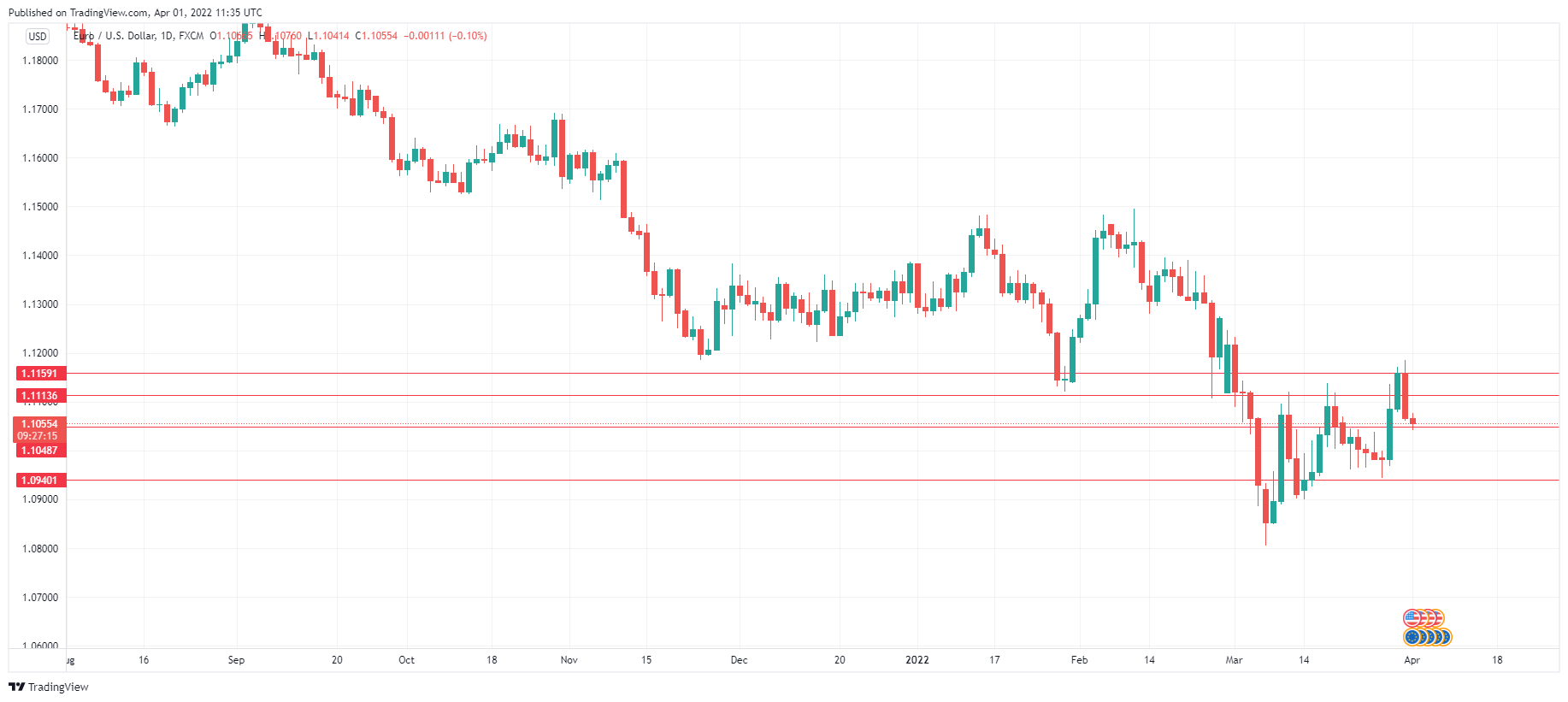Inflation has been skyrocketing in the US and UK, giving the Fed and BoE plenty of sleepless nights. Inflation levels had been lower in the eurozone, and ECB President Christine Lagarde has not made inflation a priority, arguing that high inflation would ease. Meanwhile, eurozone inflation for March jumped to 7.5% YoY, up from 5.9% in February and above the consensus of 6.6%. Ahead of the release, ECB Vice-President De Guindos said that inflation should peak in the next two or three months.
Clearly, the ECB brass has no intention of tightening policy in response to accelerating inflation. Lagarde has acknowledged that this stance will put the ECB out of sync with the Fed but has argued that the two central banks are dealing with different economic conditions. According to Lagarde, the war in Ukraine is having a much greater effect on Europe than on the US, which requires different policies from the two central banks.
Lagarde can make a case for not embarking on the same rate path as the Fed, but what happens if inflation does not peak in the next few months, as the ECB is counting on? If that happens, Lagarde could choose to stick to her guns, or she may have to finally begin to tighten policy in order to curb inflation.
The US releases the March nonfarm employment report later today. A month ago, the release was overshadowed by the Russian invasion of Ukraine, but the Ukraine crisis is no longer grabbing the headlines to the same extent. The forecast stands at 490,000, lower than the previous reading of 636,000, but still a respectable gain. Today’s release could have a significant impact on the size of upcoming rate hikes – a print of 600K or higher will bolster the arguments that the economy is strong enough to withstand a series of 50-base point hikes.
EUR/USD Technical
- There is weak support for EUR/USD at 1.1049, followed by 1.0940
- There is resistance at 1.1114 and 1.1158


